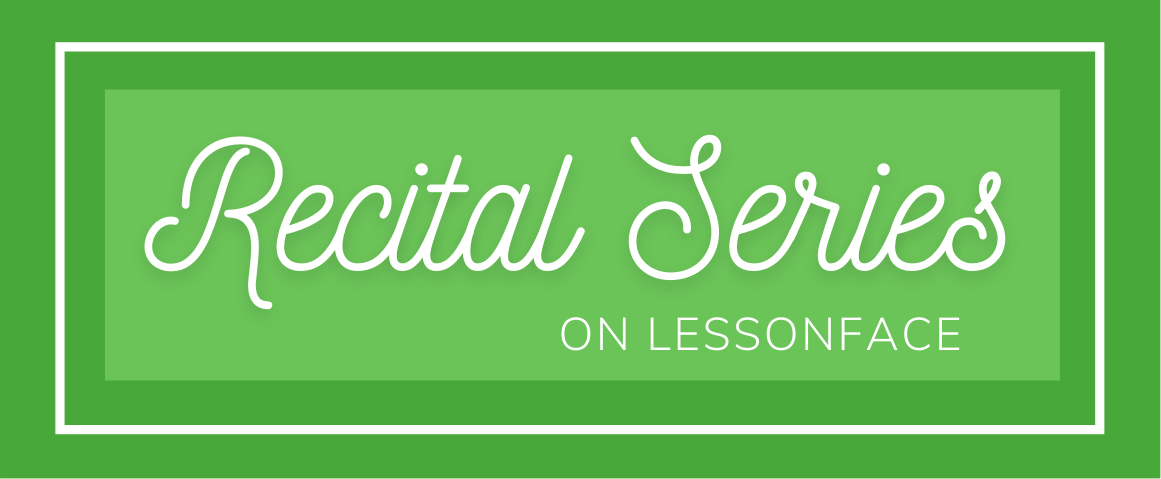Hey guys! I put together a little list about singing with Grit, something that I talked about a couple times in previous lessons.
»»»BEFORE YOU START«««
‣Hydrate. Seriously! Don't sing on dry chords because the friction will be uncomfortable and more damaging.
‣Have space allocated in which you feel comfortable singing with weird sounds.
‣ Warm up by singing an easier song in your comfortable range. Take the win to help boost confidence!
‣ DO NOT PRACTICE MORE THAN 10 MIN. Trust me, it's small steps, not giant leaps.
‣Practice regularly, but change something when isn't working by asking for help.
‣Things will naturally start clicking---this is epiphany based learning. The goal is to try and notice good changes and repeat them in the future.
‣It's not about singing louder until you experience cracking. That's how you get hurt! AVERAGE LEARNING TIMELINE is about 1-3 years, but don't feel discouraged. The techniques will begin to fall into place as you practice more and consult teachers when you reach a plateau.
»»»Vocal Fry Technique
---Don't sit low and try to speak like a demon aggressively. Try to relax and let yourself gently fall into your lowest note where it starts to make an easy, comfortable growl sound. This is frying.
---"Ha or hey" to activate diaphragm while in fry, then add pressure, then adjust to words/vowels.
---IT'S NOT ABOUT VOLUME. Let the microphone do the heavy lifting.
»»»False Chords Technique
---Yodeling/Tarzan up and down, find the transition fry at the oscillation point.
---Adjust the pressure and sing through.
---Embrace and support the unstable nature of this area of the voice.
---Touch on the area you're about to break and then create the fry sound on the break as you add a little pressure/support to sustain the grit.
Pick a target pitch with the Tarzan voice and embrace the crack. Play with it.
---Sing a higher note, then distort by pulling up the support. Try the same in a lower register.
These things might not make perfect sense at first, but fear not! A common problem that students run into when learning a new technique is that it can be hard to figure out how to create a sound without guided trial and error. To learn how to sing is what I like to call "epiphany based learning". The voice is susceptible to many strange phenomenon and consequently certain words, explanations or exercises might suddenly inspire different kinds of phonation (seemingly without much rhyme nor reason).
Over the past couple years, lot of people have asked me about Chris Cornell's power-voice in particular. Here's an excellent video that highlights just his raw sound---as you can hear, it's not a super LOUD or PAINFUL scream, but rather a very efficiently used production that almost feels like he is leaning back into his voice. Many singers let the microphone and post-production team do the work when it comes to volume (as they should!), because the voice simply cannot compete with the likes of electric guitar, drums and more. Give it a listen, and tell me what you think!




